
Salamatak – First Aid
The history of First Aid
The concept of First Aid began in 1870 when a military surgeon known by the name Friedrich von Esmarch cared for wounded comrades using pre-learnt bandaging and splinting skills. However, history logs indicate that the concept of First Aid was used long before Esmarch, especially in the east when women used to set up medical tents near battlefields to aid fallen men
A Situation, and the correct behavior
Someone has low blood sugar: Apply the 15-15 rule—give the patient 15 grams of carbohydrate to raise their blood sugar and check it after 15 minutes. If it’s still below 70 mg/dL, give them another serving. Repeat these steps until blood sugar levels are at least 70 mg/dL. Once the blood sugar is back to normal, ask the patient to eat something to make sure it stays within the normal range.
Someone is choking: First, identify the state of the person, if they can breathe and speak, ask them to cough until their airways are unblocked. If they cannot speak or breathe, perform Heimlich‘s maneuver by standing behind the person and wrapping your arms around their waist. Next, make a fist with one hand and grasp it with your other hand and place it above their navel. Finally perform 6-10 abdominal thrusts until the blockage is dislodged.
Someone twisted their ankle: First, ensure that the person is in a comfortable position and place a cold compress on their ankle and make sure their ankle remains elevated.
Someone’s nose is bleeding: Ask the person to sit up and slightly bend forward while pressing the sides of their nose for 10 to 15 minutes. If the bleeding persists the nose might be broken so head to the nearest hospital.
Someone is having a seizure: First, lay them gently on the ground and move all furniture or any sharp object away from the patient. Remove any accessories they have on such as glasses or scarves and begin timing the seizure and if it exceeds 5 minutes call an ambulance.
Myths and Facts
Myth: Tilt your head back to stop a nosebleed.
Fact: Tilting your head back causes the blood to enter your stomach which could cause nausea and vomiting. Instead, lean forward slightly and hold the sides of your nose for 10 to 15 minutes.
Myth: Applying a warm compress to sprains.
Fact: Heat causes inflammation to worsen. Instead apply a cold compress to reduce swelling and control the pain.
Myth: Help a choking person by hitting their back.
Fact: Choking is not the same in all cases therefore it should not be handled in the same way. First determine if the person can speak and breath. If they can, ask them to cough to clear their airways. If they cannot, perform Heimlich‘s maneuver.
Myth: Restrain a person suffering from a seizure so they do not harm themselves.
Fact: Restraining a person during a seizure might cause more harm than good. Instead, let them down on the floor gently and remove any objects that could potentially hurt them.
First Aid Kit
To reap the full benefits of your knowledge in First Aid, you must equip yourself with the right tools. Make sure you keep a First Aid kit fully stocked in your home, workplace and car so you are prepared for any emergencies, anywhere.
Your First Aid kit must contain these essential items:
1- First aid guide
2- Bandages of different types and sizes
3- An antibiotic cream
4- Thermometer
5- Sterile gauze in different sizes
6- Soap or disinfectant
7- Disposable gloves
8- Compresses
9- Sharp scissors and pliers
10- Saline solution to clean wounds
11- Alcohol swabs or ethyl alcohol
12- Allergy medications
13- CPR Tool
14- Anti-diarrheal medicines
15- Painkillers
16- Emergency blanket
Watch More

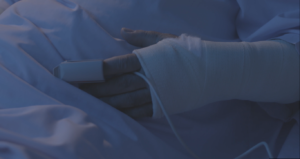
Salamatak – Osteoporosis

Salamatak – Hollywood Smile
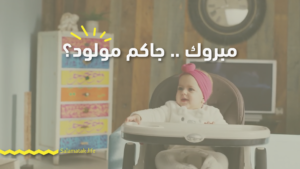
Salamatak – Children’s Safety

Salamatak – Fastest Way to Lose Weight
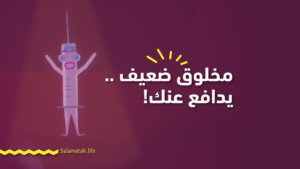
Salamatak – Seasonal Flu Vaccine

Salamatak – Aids

Salamatak – The Musculoskeletal System

Salamatak – Organ Donation
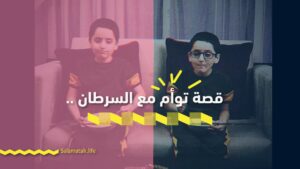
Salamatak – Early Detection
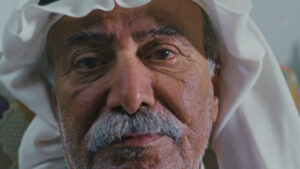
Salamatak – Seniors

Salamatak – Nutritional Supplements
Sharing is Caring
Salamatak is an awareness program with an authentic Arab spirit that provides health advice and guidance in line with the standards of international health awareness organizations. It aims to elevate society through health and safety awareness in a spontaneous way, and targets healthy people in particular and society in general.
© 2020 All Rights Reserved – Salamatak
